Which Way Does Bubble Wrap Go? All about Bubble Wrap

The bubble wrap market will grow to USD 4.78 billion by 2033. This is a market that has adapted and thrived. The bubble wrap that is found in many homes and warehouses shows the surprising results of scientific research. The story of its origin is a tale of serendipity. The mid-20th-century engineers Alfred Fielding & Marc Chavannes wanted to make textured wallpapers that could add interest to the decor of a home.
Their initial efforts fell short, but the unique material they created was a result of their failure. It is characterized by an air pocket network trapped in between two plastic sheets. This initial effort did not accomplish its original purpose, but it accidentally laid the groundwork for a new material that has many applications.
What Happens If You Use The Wrong Side Of The Bubble Wrap?
If you are confused, which way does bubble wrap go? It's essential to note that it depends on the particular situation. When you use the wrong side of bubble wrap, it means that you risk the bubbles themselves especially, in terms of the sharp objects inside or at the outer side of a package. When the wrong side of the bubble is wrapped, it makes them lose their role as cushions and makes your products prone to damage.
With the wrong side out, it can be difficult for you to secure the packaging with tape. Also, it potentially affects how well the adhesive sticks to it. Moreover, uneven surfaces will make the adhesion process quite tough. If bubble wraps are not on the right side, this will make the items inside the package shift here and there, increasing the chances of being damaged and scratched.
How to Use Bubble Wrap?
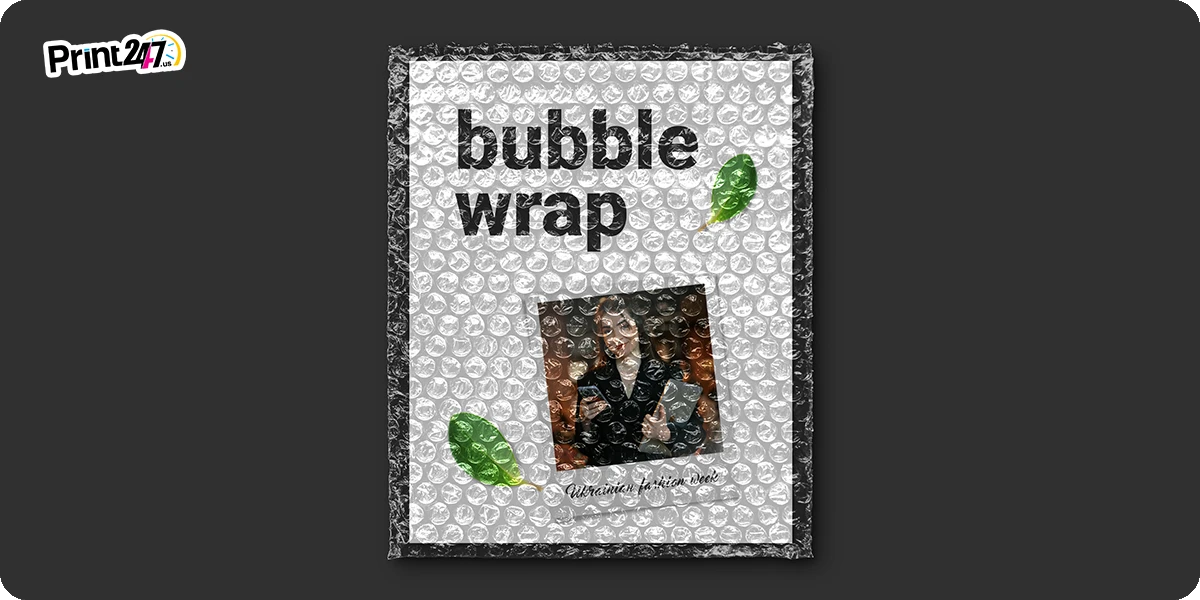
It is integral to note that placing the bubble wrap flat side on the surface and then placing an item on top to wrap is the best. If you are concerned about the query 'Is bubble wrap supposed to face in or out?' You should ensure that bubbles are faced inwards and a protective layer to your products is ensured. It is best to know what side does the bubble wrap go? As it acts as a protector of your product wrapped inside.The package is likely to topple if not wrapped properly; with the wrong side facing towards your packaging, it will be hard to hold.
Layer for Packaging
Utilizing bubble wrap is the pertinent choice for protecting items from getting damaged. It safeguards against minor dents and scratches. These also protect your products from severe damage caused by vibrations and shocks. With items sensitive to damage or change in temperature you can use foil bubble wraps as these can be a great option.
Bubbles are a soft, cushioning material. Mostly you can get packaging of the objects in a way perfectly effective way to protect fragile items during transport, storage, or relocation. You should know how to use bubble wrap for packing. So that proper layering can be done. The material is very versatile and can be used for everything, from large, fragile items to small, lightweight ones. Bubble wrap comes in a variety of sizes. It is also ideal to protect objects. Bubble wrap can be used as insulation for a variety of reasons. Bubble wrap is reusable multiple times depending on its quality and strength.
Growing Industry For Bubble Mailers
Moreover, in the forecast timeframe, bubble wrap packaging is growing smoothly in the market due to an increase in the number of e-commerce transactions and the increased focus on customer satisfaction. This will be accompanied by the need to protect products.
Additionally, it is a key point to note that the bubble wrap market continues to grow as the technological advancements mature. From stabilizing awareness and sustainability, 74% of Americans stay willing to pay for sustainable packaging.
Secure Products with Effective Materials
Bubble wrap's ability to distribute and absorb impact energy is what makes it such a good protective material. The air in each bubble is compressed when it's subjected to external forces, like a drop or an impact. The air within each bubble compresses, acting as a cushion to absorb shocks and reduce the energy transfer from the protected object. Bubble wrap is an excellent tool to protect fragile objects during transport and handling. Cognizing how to mail a bubble mailer? Primarily involves wrapping your products smoothly.
Right-Sized Bubble Mailers

Size and distribution play an important role in the protection level. The smaller bubbles with a greater air volume and fewer but larger bubbles provide better cushioning to delicate objects such as glassware, electronics and fine arts.
Larger bubbles with more air are best suited to heavier items that need a greater impact absorption. Bubble wrap are tailor-made and designed as a protective layer, from cushioning heavy machinery to protecting fragile electronics. A pliable sheet of plastic with air pockets that range in size from 6 to 25 mm is known as Bubble Wrap. The packaging of this type is lightweight, and it has water resistance.
Common Uses of Bubble Wraps
Bubble envelopes can also be made with bubble wrap as these provide excellent protection for fragile goods. The bubble mailers and envelopes can be used to ship DVDs, jewelry, or antiques. Bubble Wrap is anti-static and can protect electronics from damaging static charges.
Versatility of Bubble Wraps
Repurposing Bubble Wraps

Reusing bubble wrap in creative ways can reduce waste. It can, for example, be used to cushion DIY projects or for insulation in gardening.
The Key Tips For Bubble Wraps
- Choose Bubble Wrap
- Use multiple layers
- Sealing Bubble Wrap
- Transit
- Wrap Properly
- Recycling and Reuse
Combine Multiple Bubble Wrap Sizes
Sustainability Behind Bubble Mailer
Bubble Wrap First Protective Packaging
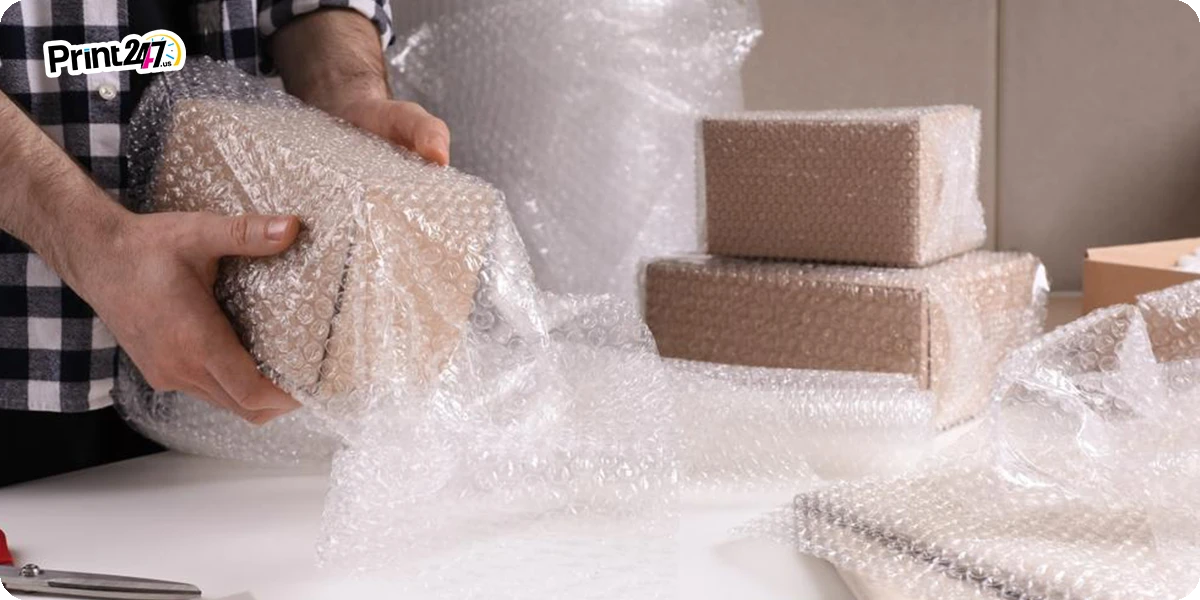
Bubble wraps have been highly popular for the safety they provide to packed items. An unplanned scientific discovery created it. Although the production of bubble wrap and its disposal is associated with environmental issues, an effort to be sustainable, combined with innovation, can help ensure this material serves a useful purpose while minimizing its impact on the planet.
Future of Bubble Mailers
Inside or Outside?
Standard Bubble Wrap
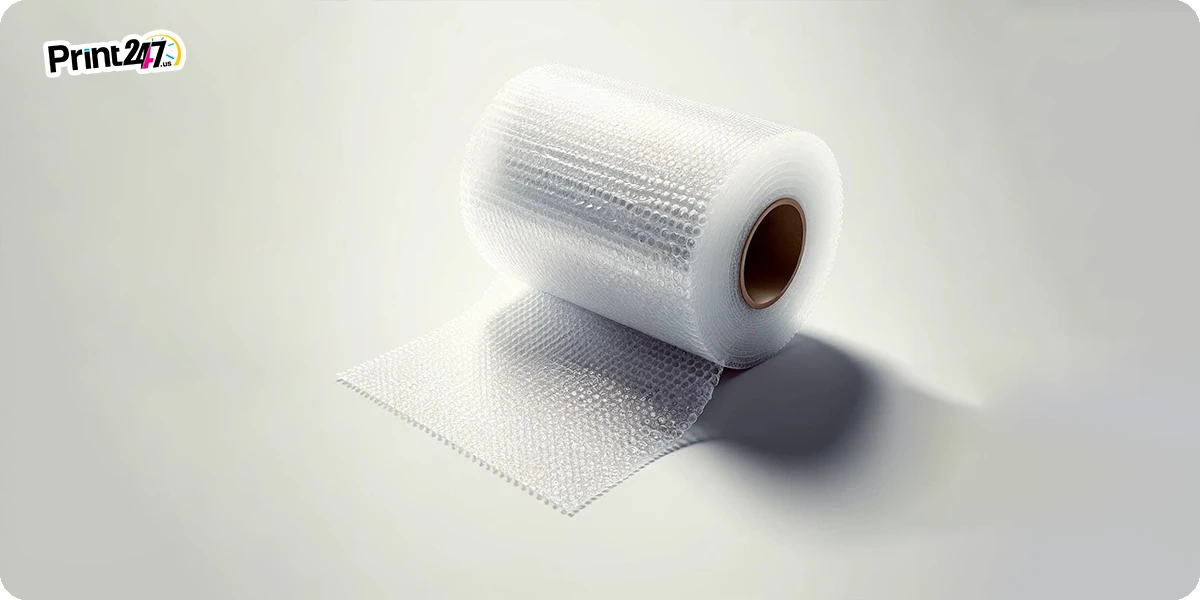
These are the most commonly utilized types of bubble wrap. These are tightly packed and air-filled bubble cushion items. These perfectly work immaculately for air-filled bubble-cushioned items. With the shock resistance and grip during the transit, standard wraps are highly prevalent. These are affordable and widely available. Thus, in the packaging industry, these have gone high in demand and become a staple for packaging and moving.
- Glassware
- Ceramics
- Framed pictures
- Home appliances
Anti-Static Bubble Wrap
- Circuit boards
- Computer parts
- Other electronic devices
- Jewelry
- Small Electronics
- Books
- Trinkets
Recycled Bubble Wrap

Recycled bubble wrap is made from reused materials but offers the same protection as standard bubble wrap. It’s an eco-friendly choice for those wanting to reduce waste without losing quality.
When to Use It
- Eco-friendly businesses
- Individuals wanting to cut down on waste
- Any situation where you would use standard bubble wrap
Choosing the Right Bubble Wrap for Your Needs
- Standard Bubble Wrap:
- Anti-Static Bubble Wrap:
- Bubble Wrap Bags:
- Recycled Bubble Wrap
Adhesive bubble
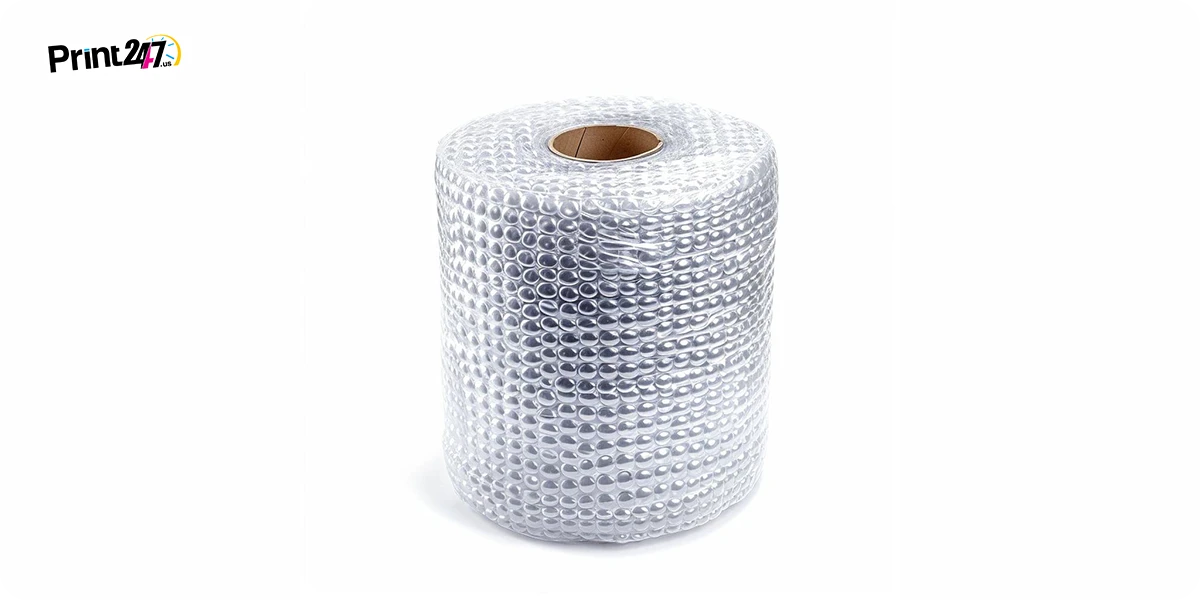
It depends on the nature of the product you are about to ship; you may be interested in an adhesive bubble that pristinely sticks directly to the item. The purpose of bubble adhesive is to protect it is the finest one to be used when you are shipping a lot of little items in the same container. It works perfectly fine if you are packing an oddly-shaped item; an alternative adhesive bubble can be bubble pouches, which come forth with lip and tape for a sealable closure experience.































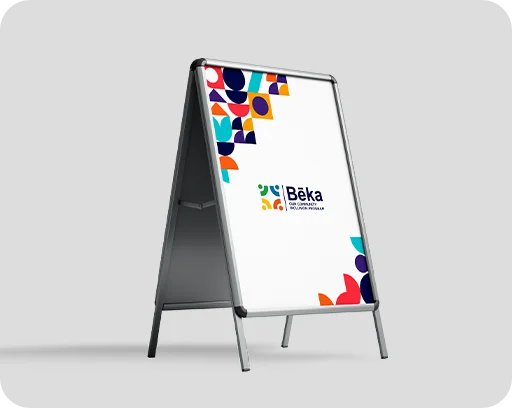


















.jpg)
.jpg)
.jpg)